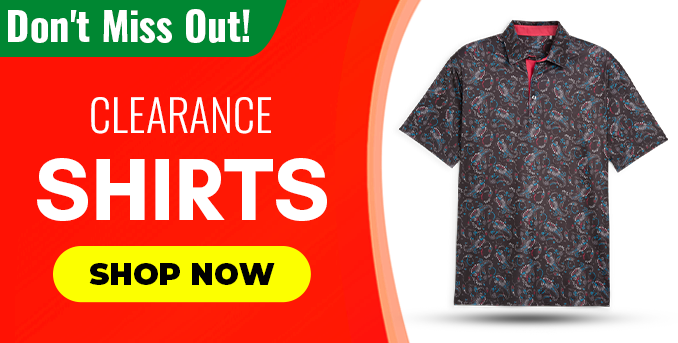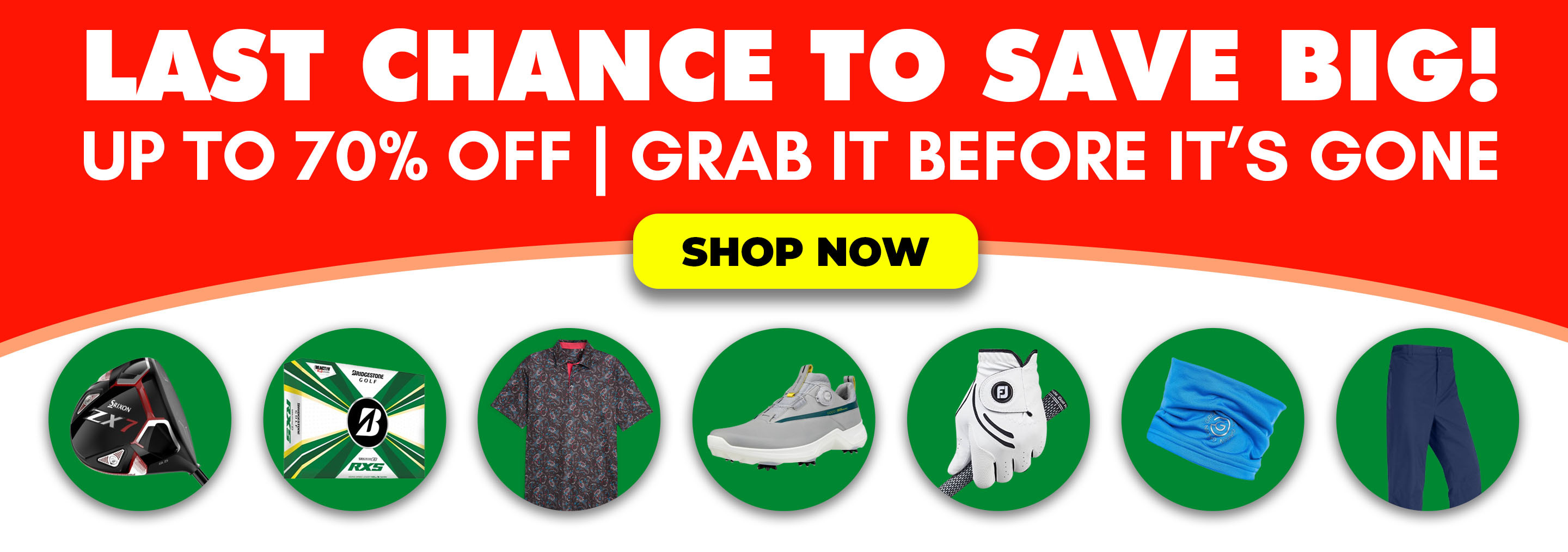A Complete Guide to Golf Essentials
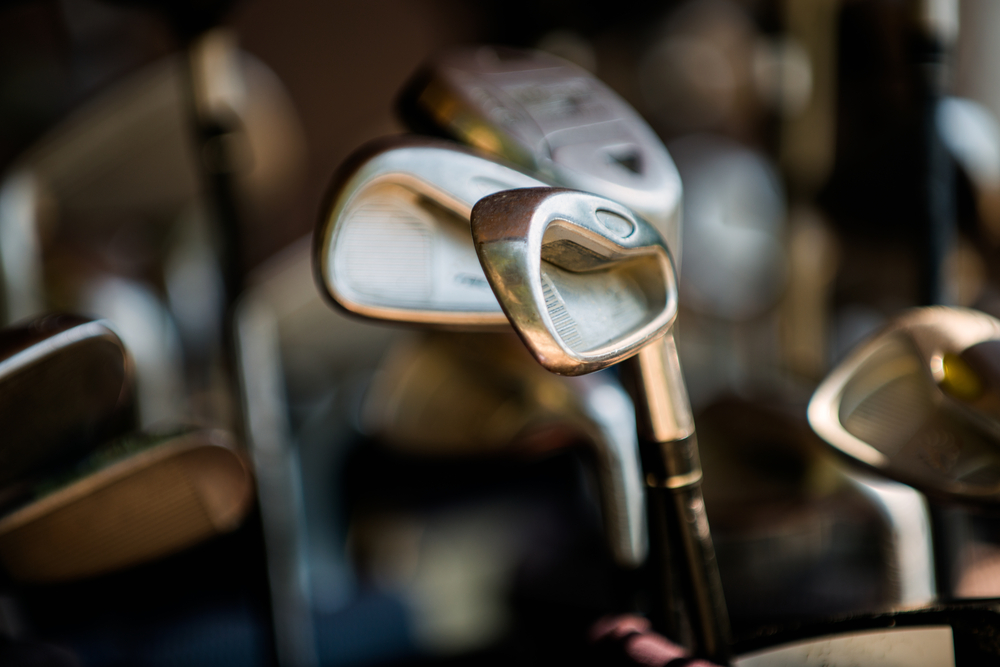
When you are a beginner at anything in life, it can be incredibly daunting – the same goes for golf and buying your golf essentials.
It can be difficult to choose the right kit when there are so many brands with basic golf equipment on offer. Particularly when well-respected brands, such as Galvin Green, TaylorMade, Titleist, Callaway and Mizuno, are constantly trying to out-do each other and push the boundaries of golf technology to aid the modernisation and development of golf.
As a result, it is inevitable you will be left reeling with questions like, “Which equipment is right for me?” or “What are the ultimate golf must-haves?” So, if you want to find out more about what you need before heading to the green, read on for our beginners guide to golf essentials.
Contents:
Guide to golf clubs - What clubs to have in your golf bag? - How to pack a golf bag - Where to buy golf clubs? - How to pick the right golf equipment for your height?
Guide to golf balls - Isn’t a golf ball just a ball? - Key things to know about golf balls
What to wear to play golf? - Golf shirts - Golf trousers - Golf shoes
What are the main golf essentials you need?
Guide to golf clubs
As most of us will know, golf clubs are what you use to strike a golf ball, with the aim to get the ball in the hole as quickly as possible. Many people assume you need to purchase top-of-the-range golf clubs to succeed in the sport, however this isn’t always the case. Obviously, top-of-the-range golf essentials are incredibly expensive, and as a result, it is common for beginners to end up splashing the cash on irrelevant gear that will inevitably end up sitting at the back of your cupboard, never to be seen. So, how do you know what things you need for golf?
 Photo credit: dotshock / Shutterstock
Photo credit: dotshock / Shutterstock
What clubs to have in your golf bag?
There are many different types of golf club to choose from, so it can be hard deciding what to take with you onto the green. If you were to buy a package of irons, a fairway woods, a good driver and a golf bag separately, it will most likely end up spending an arm and a leg. Therefore, as a beginner, a good investment is to purchase a 12-piece set of golf clubs, to give you a taste of the range of golf essentials available. Take a look at the best 2016 golf clubs here.
Package sets are generally designed for higher handicappers and beginners, giving you the best opportunity to hit your perfect strike and get ever-closer to scoring your first ever hole-in-one. The average set of golf clubs typically consists of:
- 3 woods: a driver, 3-wood and 5-wood
- 8 irons: 3-9 iron and pitching wedge
- 1 putter
It is worth noting that, according to the R&A, a golfer is only allowed to have 14 clubs in their golf course bag at one time whilst playing a round of golf – many golfers typically add another wedge or specialist hybrid to their collection. Check out our Titleist sm6 wedges review and Nike Vapor Fly drivers review for some help.
Knowing exactly which clubs go where in your golf bag can be helpful for a beginner. It should be packed in such a way as to make it easier to change clubs whilst playing. The vast majority of golf bags have four sections: a single at back, double in centre and single at front. However, each bag differs, so it is worth bearing this in mind when it comes to purchasing a golf bag for your brand-spanking-new golf essentials.
If you are playing in the UK, it is probably a good idea to pack an umbrella too, as the weather can be dreadfully unpredictable. Most golf bags tend to have a sleeve on the side of the bag for one, which is open at top and bottom for easy access and drainage. Waterproof golf clothing and waterproof golf bags are essentials in the unpredictable English weather as well.
 Photo credit: ARIMAG / Shutterstock
Photo credit: ARIMAG / Shutterstock
You can purchase items you need for your essential golf supplies either online or in store – it’s entirely up to you. Should you buy golf clubs online, it can be much cheaper as there are often deals and voucher codes available. However, before buying, it is wise to head to a local golf shop and test out a few brands to find out which one is the right fit for you. Brands such as Mizuno or Callaway are a hit with the professionals, and are often seen being used at major golfing tournaments around the world.
According to US Open champion Webb Simon, test-driving golf clubs is an important step, as too many amateurs use clubs that are too heavy, which can hinder your game significantly. He said:
“It’s not that they are weak, but they don’t have the proper golf muscles to swing the clubs they’re swinging. They also should use more forgiving irons. I see a lot of 10- to 12-handicappers using very small irons and they need to realize they’re going to miss a lot more shots than hit those solid.I’ve always thought club fitting is super important for guys like that.”
If you already have some golf equipment stored in the loft or in your garage, it may be worth buying a fresh set too. As a general rule, if your clubs are more than five years old, it’s time to part ways , or consider getting them repaired, Alternatively, you could purchase some new golf essentials.
How to pick the right golf equipment for your height?
The saying “try before you buy” couldn’t be more true when buying your golf essentials. It goes without saying that it is important to use golf items that are both suited to your height, posture and ability, to ensure you get the most out of playing golf. This sometimes means getting your golf tools personalised, or even custom-made.
The most accurate, and highly recommended, way of measuring which club is right for you is by taking a wrist-to-floor measurement. This is a technique used by a number of high-profile brands when fitting customers to the right size club, and involves measuring from the floor to the crease above your wrist.
It is worth booking a fitting with a professional before you purchase your golf essentials, to avoid making the wrong purchase. However, if you don’t want to get yourself fitted professionally, according to Golf Monthly, as a rough rule of thumb, this is usually how you can work out which golf iron is right for you:
- 4ft 9″ – 5ft 0″ = subtract 2 inches
- 5ft 0″ – 5ft 3″ = subtract 1 and a half inches
- 5ft 3″ – 5ft 6″ = subtract 1 inch
- 5ft 6″ – 5ft 9″ = subtract half an inch
- 5ft 9″ – 6ft 0″ = standard length
- 6ft 0″ – 6ft 3″ = add half an inch
- 6ft 3″ – 6ft 6″ = add 1 inch
- 6ft 6″ – 6ft 9″ = add 1 and a half inches
- 6ft 9″ – 7ft 0″ = add 2 inches
Although, you should bear in mind that the wrist-to-floor method is the most accurate, as not everyone will have proportionate arm lengths to their height.
Guide to golf balls
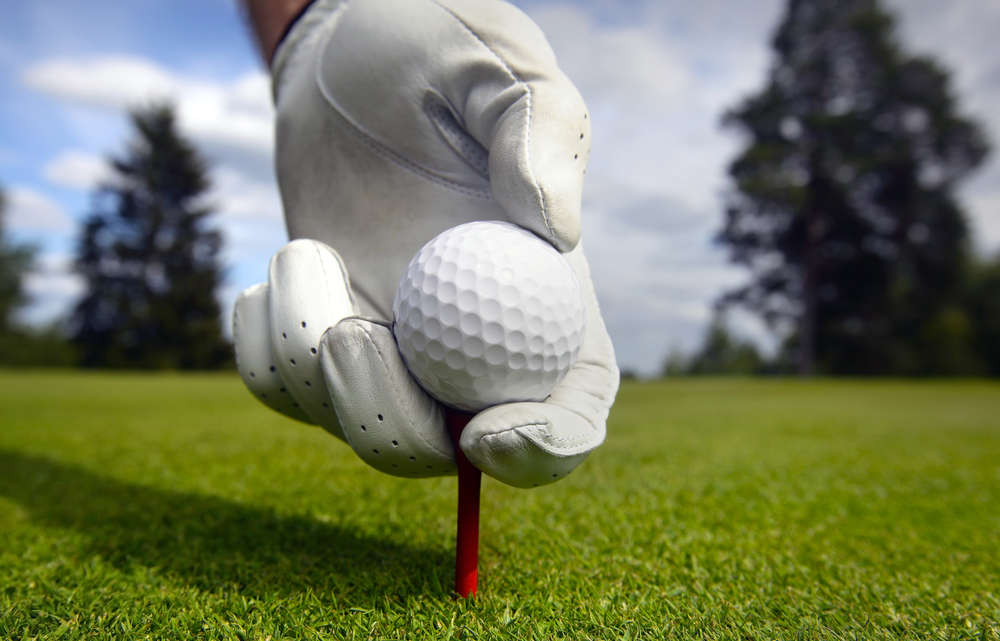 Photo credit: Mikael Damkier / Shutterstock
Photo credit: Mikael Damkier / Shutterstock
Whether you’re looking to play a spot of mini golf in your garden, or hit the local golf course, you simply cannot play a round of golf without your golf ball. And seeing as the golf ball is the only piece of equipment needed to play golf that you use on every shot, it is crucial to find the best golf ball for your handicap and style of play, to ensure you are on top form when playing with your friends.
The history of golf balls is in interesting one, which is constantly changing as new technology comes into play. There are golf balls to suit every budget and playing style from an extensive range of manufacturers, such as the well-known golf brands Titleist, TaylorMade and Callaway. From construction and compression to dimples and spin, to even having them personalised – there is much to learn. But the main question on everyone’s lips is how do you know which golf ball is right for you?
Isn’t a golf ball just a ball?
A lot of players often focus their energy and money on new golf clubs, however, your choice of ball could be every bit as crucial to your golf essentials kit. It’s definitely not ‘just a ball’, as they can really help to enhance your performance. But, with distinct variations in pricing, it’s important to do your research before you buy, to ensure you don’t want to waste your money on new balls that do nothing for you.
For example, beginner and high-handicapped golfers typically don’t have a consistent swing, thus they can end up frequently “topping” the ball. This means that if the ball is hit by the edge of the club rather than the centre, the ball can become damaged. This is common if your ball has a low compression and is made from soft materials, so to begin with it may be worth purchasing a more durable medium compression, hard ball.
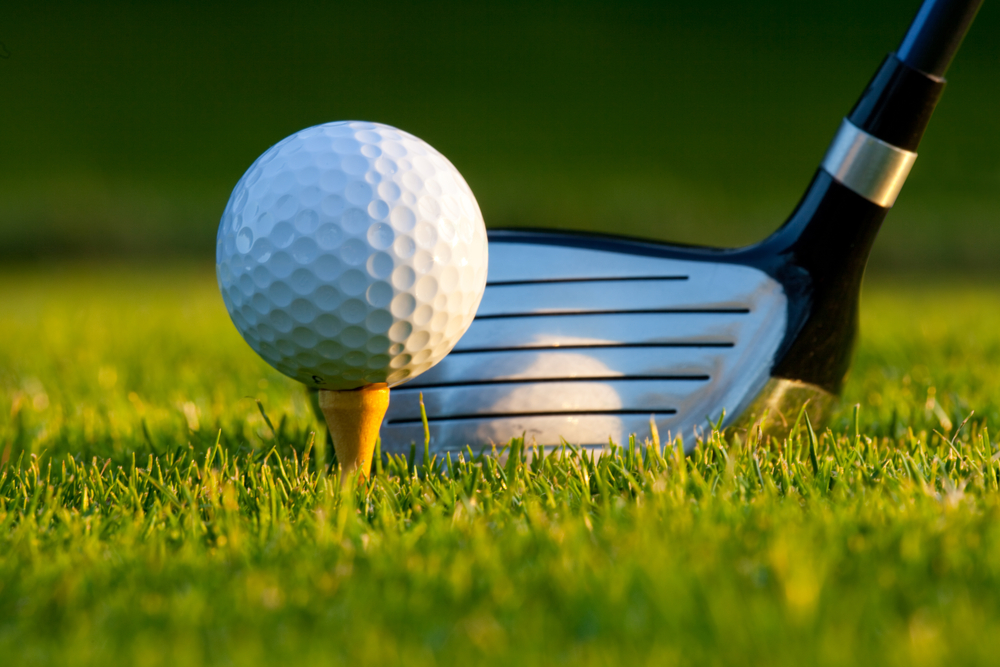 Photo credit: photoinnovation / Shutterstock
Photo credit: photoinnovation / Shutterstock
There are a wide variety of golf balls to choose from, which can make it incredibly difficult to pick the right ball to suit you and your style.Key things to know about golf balls:
- Golf balls are made out of different materials, each designed for a particular style of play. They can have a solid rubber or resin core, with a surlyn, polyurethane or balata cover. A surlyn cover gives the ball a harder feel, whereas a polyurethane cover gives a softer feel and greater control.
- Golf balls have dimples because this can help to reduce the drag on the ball and increase the lift when a shot has been taken. Each dimple pattern has a different impact on the ball performances and manufacturers are constantly seeking to improve them.
- Most golf balls have layers, which are commonly known as a two-piece, three-piece, or four-piece ball:
- A two-piece ball helps to maximise distance and minimise the spin. They are good for novice golfers and high handicappers with a slow swing speed, or intermediate golfers looking for more distance or less spin.
- Three-piece balls result in a slightly shorter distance, but offers more control around the green. This ball is ideal for intermediate golfers looking for a softer feel, and have no problem with distance, or for more experienced players.
- Four-piece balls are often recommended for expert players with a faster swing and can control spinning balls well. They produce high spin off wedges and short irons for maximum stopping power, while offering a soft feel and control around the green.
- You can get balls of varying compression, which tend to range between 40 and 100. The lower the compression, the softer the ball and easier it is to change its shape.
- Low compression golf balls typically have a compression rate of 70-80 and are easily compressed when they are hit by a golf club. They are usually used by beginner golfers or players with a slower swing. Although, some more experienced players prefer these golf balls as they are soft.
- Most advanced golfers will prefer playing with a golf balls with a medium compression rate of 90. These medium compression balls give players both softness and ease of control.
- Players with high club head speeds usually choose high compression golf balls with 100-110 compression rating, which are less likely to deform upon impact.
What to wear to play golf?
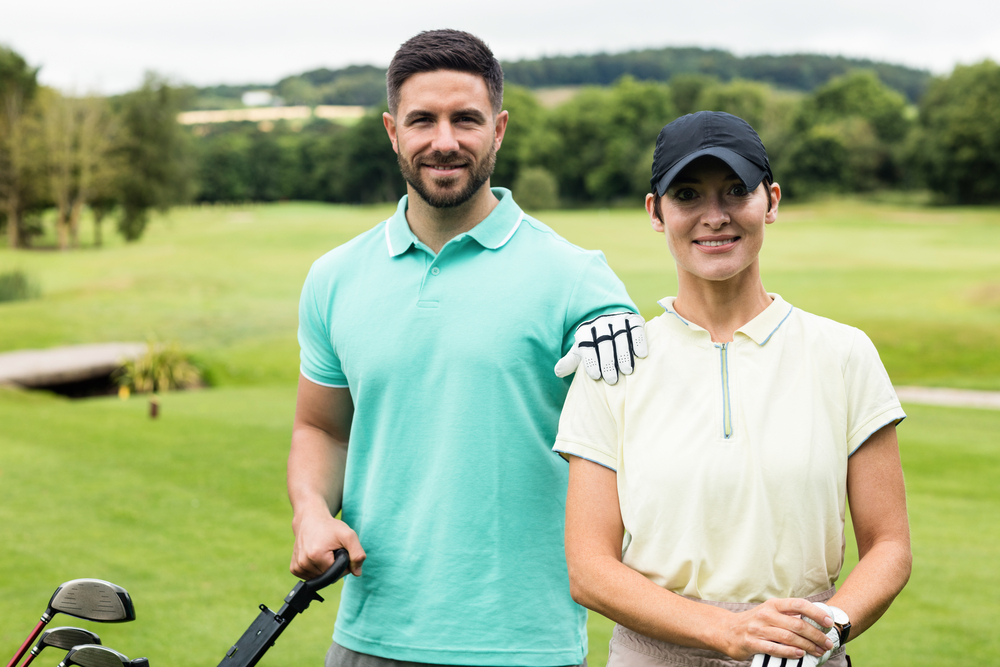 Photo credit: wavebreakmedia / Shutterstock
Photo credit: wavebreakmedia / Shutterstock
The clothing in golf is a part of the decorum of the game, perhaps more so than any other sport. As well as following the general golf etiquette set in place by the golf governing body – the R&A – you should also check the specific clothing rules of the golf club you will be visiting. These dress codes are not as restrictive as the rules for PGA Tour or LPGA Tour players, but it is there to help maintain the sport’s traditions.
It can be difficult to gauge what is ‘correct’, as there is an ‘unspoken etiquette’ for golf clothing on most courses. It is important to check that you don appropriate golf attire before you arrive, as you don’t want to upset the club and risk heading home before you’ve even reached the green. Therefore, before you step foot out of the door, check the golf course website, and if they don’t clarify, get in touch and ask them what to wear golfing.
When beginning your golfing journey, it is worth heading to a golf clothing essentials shop and to pick out some of the golf essentials that you can easily mix and match together, such as the following:
Golf shirts
In nearly all cases, golf courses require that men wear collared shirts, which usually means traditional cotton, microfiber or polyester golf shirts. For women, golf tops vary substantially – with or without collars – but all adhere to a traditional sense of modesty. As a result, t-shirt/tank tops usually are not permitted for men or women, as well as no bathing suits or shoulder-less and sleeveless tops.
Golf trousers
Typically, men’s golf style should consist of long trousers made of cotton or polyester. Some courses allow men to wear jeans, but it is fairly uncommon. Women can also wear long trousers, as well as three-quarter length trousers or dress shorts, or ‘golf skirts’.
Cut-off jeans or any kind of workout attire are not usually permitted for men or women.
Golf shoes
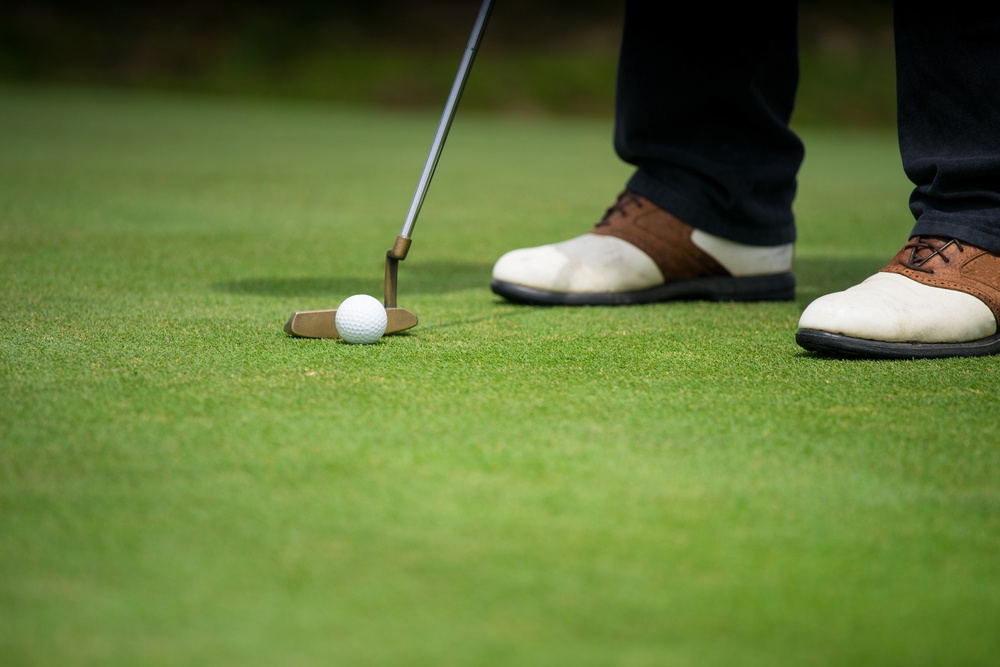 Photo credit: sattahipbeach / Shutterstock
Photo credit: sattahipbeach / Shutterstock
Much like golf equipment, golf footwear is an important part of the game, as they can help to stabilise your swing and offer grip when walking around the course. Golf shoes tend to include spikes on the soles which can come in plastic, rubber or the traditional metal, although many golf courses do not allow you to play in the latter anymore.
Do you have to wear golf shoes?
To some people’s frustration, other types of footwear is often not permitted and you must abide by the golf shoe etiquette. This means that trainers or running shoes are not allowed, but it’s always worth checking beforehand as some places do have exceptions. However, sandals and boots are strictly prohibited – remember, it’s not a golf fashion show.
If by any chance you are looking for the perfect gift for a golf fan in your life, clothing is a great idea. Here at Golfsupport, there are a wide variety of golf essentials suitable for both children and adults alike, from various brands such as the brand-new Nike Golf collection.



